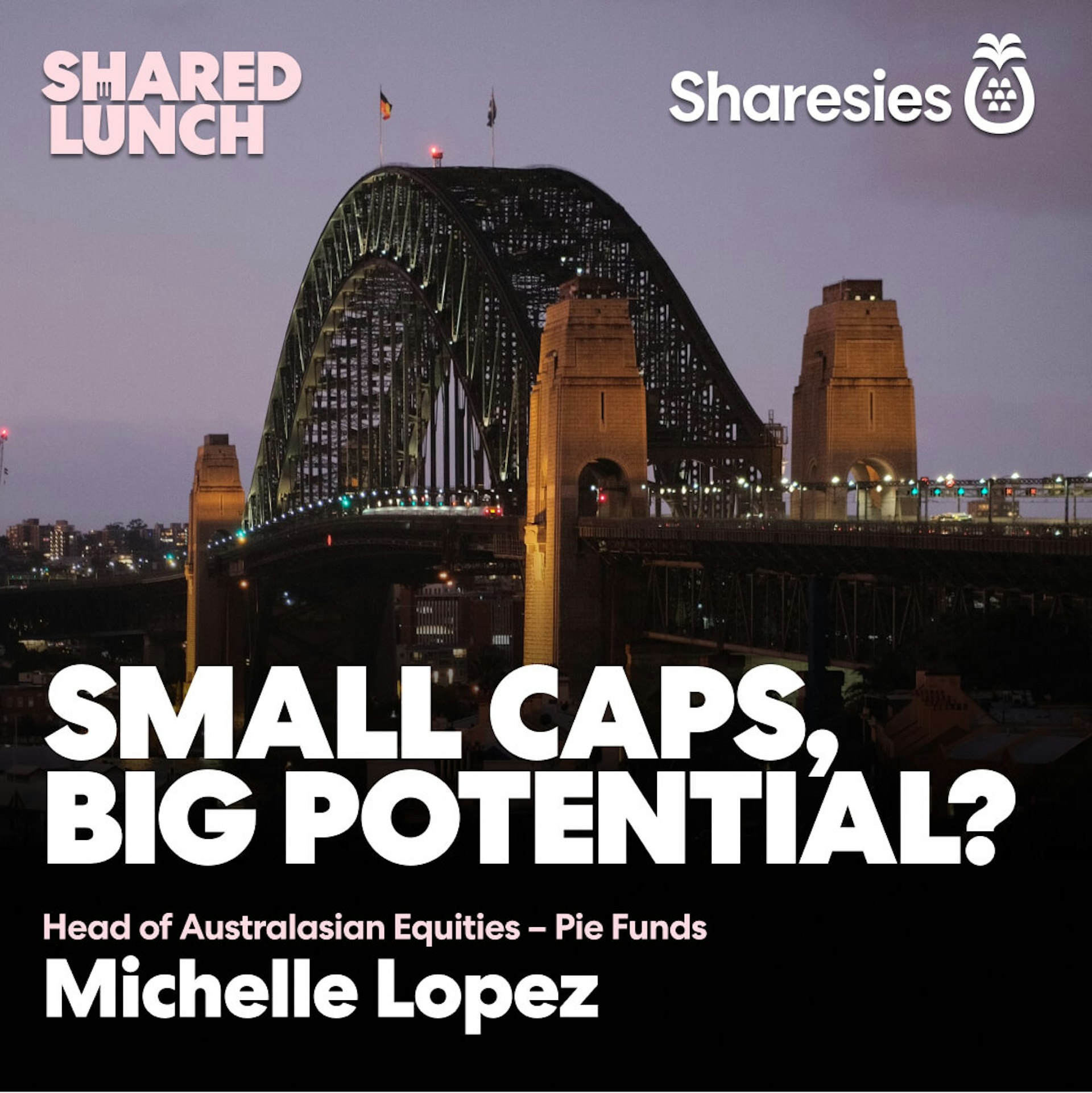What are compound returns?
Compound returns are a great reason to invest—if you can get them. They’re also a great example of how investing helps make your money work for you.

Let’s take a look at why this is the case, and how you can get the most value out of compound returns.
Starting simple
Let’s start with the basics: simple returns. This is the percentage return you make on your investment. Say you put $100 in a bank account that paid a 3% p.a. interest rate, you’d receive $3 at the end of the year. That $3 is your simple return. Easy.
Now that you have $3, you could leave it in the bank, or you can take it out and use it—like to buy an ice cream. If you take your $3 out, then wait another year, you’ll have another $3 in interest at the end of year two. That interest comes from your original $100 deposit, earning $3 again. Sounds great!
Going compound
But what if you left the interest in the bank account instead? This would change things. You’d start the second year with $103 in the bank. At the end of the year, you would have $106.09, made up of:
$100 that you deposited in the first place
$3 in interest from the first year (3% of $100)
$3 in interest from the second year (3% of $100)
9 cents in interest on the $3 you made in the first year (3% of $3).
That extra 9 cents is your compound interest! In other words—that’s interest on your interest.
Why it matters
Compounding interest can really add up over time. For example, if you left your $100 and all the interest you earned in the bank at the same 3% p.a. interest rate for 30 years, you’d have $242 in total—including $142 in interest! That’s $90 in interest on your original $100, plus another $52 in compound interest!
Compound returns
Compound returns are similar to compound interest, but not identical. The idea is that by leaving your money invested—or reinvesting any money your investment pays you over time—you could start to earn returns not just on your initial investment, but on any returns made along the way. This can happen a couple of ways …
Your investment goes up in value
Say you invested $100 in some shares, and after a year, the value went up by 10%. Now your investment is worth $110. If it goes up by another 10%, your investment value would be $121—because it’s 10% of your initial investment, plus the growth you enjoyed in the first year. Over time, this adds up.
(It’s worth mentioning that constant 10% returns are rare—and not guaranteed. Any share can fail to gain (or lose) value.)
You reinvest your dividends
Let’s say you buy 100 shares for $1 each, and they pay dividends of 10 cents per share, per year. At the end of the year, you get $10 from your 100 shares.
If you spend that $10 on another 10 shares, you’ll now have 110 shares. When next year’s dividend day comes around, you’ll get $11, because you have 10 more shares than you had last year. Reinvest that, and now you have 121 shares. Next dividend day, the dividend is $12.10.
You can think of this process like a snowball turning into an avalanche. In the beginning, the differences are pretty small. But over time, as each year’s returns earn returns of their own, your total returns can really start to grow.
But there’s a big caveat here—the above example assumes the company's share price stays the same and it pays the same dividend each year. We’ve used this simplified example to explain how reinvesting dividends might result in compound returns.
In real life, share prices and dividends are much less predictable:
the share price might increase or decrease
the company might not pay a frequent dividend (or any dividend)
just because a company paid a dividend one year, doesn’t mean it’ll pay a dividend the next
the overall value of your investment could decrease (meaning you may not get compound returns on reinvested dividends).
The importance of time
Time is essential for maximising your chance of compound returns. That’s why you’ll often hear people say that the best time to start investing was ‘yesterday’.
Compound returns aren’t guaranteed
One big thing to remember is that compound returns—like all returns—aren’t guaranteed. Some snowballs stay snowballs forever, or they melt. Some seeds never turn into plants, and some plants get hit by frost before they get a chance to drop their seeds.
It’s exactly the same with investing. Not all investments are going to give compound returns. That’s why we recommend diversifying investments, so that the impact of any one investment being unsuccessful is hopefully reduced.
But if you do get compound returns, they can really pay over time.
Get amongst it!
So now we know what compound returns are, and what the value can be in letting these grow over time. But don’t take our word for it. The best way to see the magic of compound returns is to investigate it for yourself.
Take a look at MoneySmart’s calculator and run a few different scenarios. You’ll be amazed at how much of your long-term returns could be compound returns, and what a difference you might make by investing regularly with a long time horizon.
Ok, now for the legal bit
Investing involves risk. You might lose the money you start with. If you require financial advice, you should consider speaking with a qualified financial adviser, or seek independent legal, taxation, or other advice when considering whether an investment is appropriate for you. Past performance is not a guarantee of future performance. This content is brought to you by Sharesies Limited (NZ) in New Zealand and Sharesies Australia Limited (ABN 94 648 811 830; AFSL 529893) in Australia. It is not financial advice. Information provided is general only and current at the time it’s provided, and does not take into account your objectives, financial situation, and needs. We do not provide recommendations. You should always read the product disclosure documents available from the product issuer before making a financial decision. Our disclosure documents and terms and conditions—including a Target Market Determination and IDPS Guide for Sharesies Australian customers—can be found on our relevant NZ or Australian website.
Join over 860,000 customers



